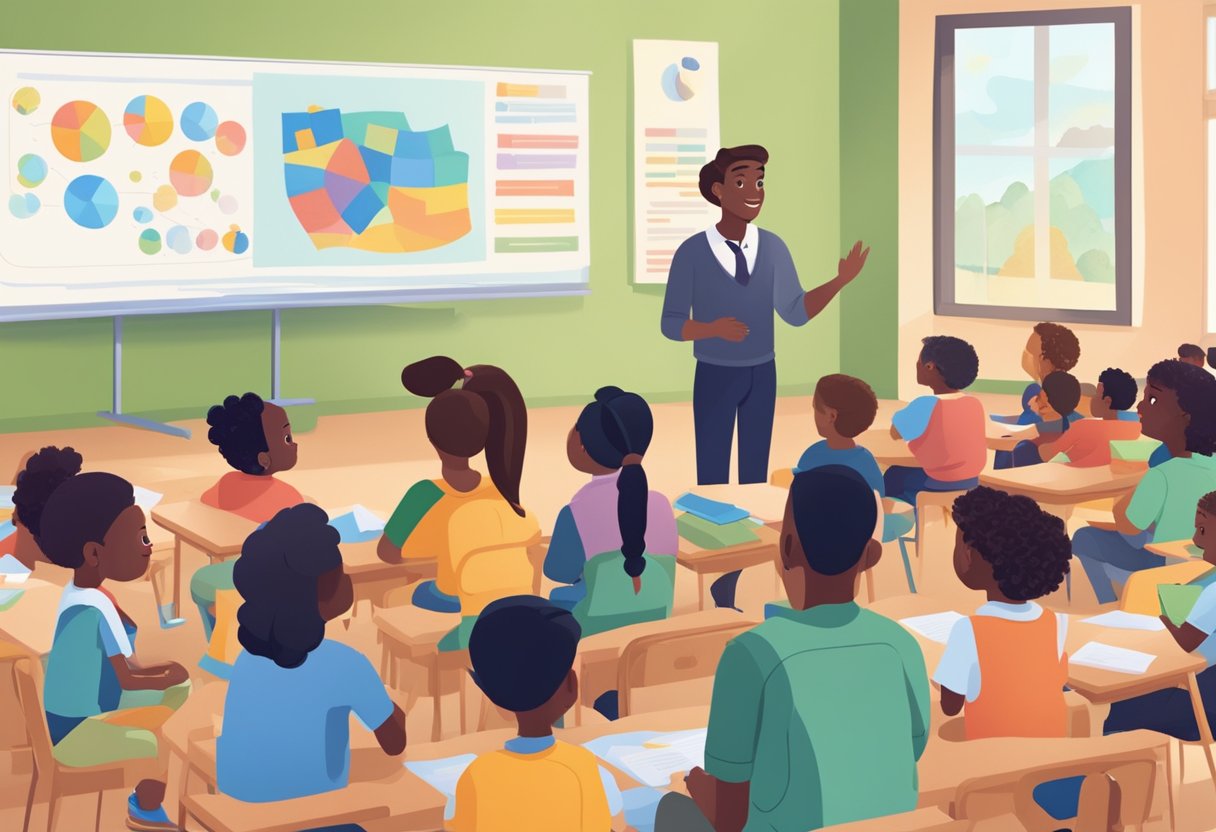
The vast landscape of children’s media presents both opportunities and challenges for teachers seeking quality educational content. With thousands of kids animated shows available across multiple platforms, educators face the critical task of identifying programs that not only entertain but genuinely contribute to children’s intellectual, social, and emotional development.
Discerning teachers develop expertise in evaluating kids animated shows against rigorous educational criteria, looking beyond superficial entertainment value to assess alignment with developmental goals, academic standards, and classroom objectives. This curatorial role has become increasingly important as children’s media consumption continues to rise across global cultures.
Educational professionals apply several key criteria when selecting animated content for classroom use. Age-appropriateness comes first, considering not only subject matter but also pacing, complexity, and potential for comprehension. Content that moves too quickly or presents concepts beyond children’s developmental readiness may entertain without educating effectively.
The educational value of animated programming varies tremendously. The best educational content is developed in consultation with child development experts and educators, with clearly defined learning objectives embedded thoughtfully within engaging narratives. Teachers look for programs where educational content is central to the storyline rather than superficially attached.
Visual quality matters in educational animation, not merely for aesthetic reasons but for clarity of communication. Educators evaluate whether visual elements enhance understanding or potentially confuse young viewers. Clear visual hierarchies, thoughtful use of color, and purposeful animation techniques all contribute to a show’s educational effectiveness.
The representation of diversity in animated content has educational implications beyond social justice considerations. Children develop more comprehensive understanding when concepts are presented through multiple perspectives and cultural contexts. Teachers increasingly prioritize programs that naturally incorporate diverse characters and viewpoints.
The narrative complexity of children’s animation varies widely. While simple storylines may be appropriate for very young viewers, teachers of older children often select programs with more sophisticated narrative elements that encourage prediction, inference, and critical thinking about plot and character development.
Many educational animated programs include companion resources specifically designed for classroom implementation. These supplementary materials—including lesson plans, activity guides, and assessment tools—help teachers maximize the educational impact of animated content through structured viewing experiences and follow-up activities.
The balance between entertainment and education represents a critical consideration. Content that fails to engage children emotionally won’t hold their attention long enough for learning to occur, while programming that prioritizes entertainment over substance provides limited educational value. The most effective educational animation achieves both objectives simultaneously.
Teachers increasingly consider the potential for parental involvement when selecting animated content. Programs that include family discussion guides, suggested activities, or parallel parent resources create opportunities for reinforcing classroom learning at home—an especially valuable feature in today’s blended learning environments.
The length and structure of animated programming affects its utility in educational settings. Teachers often prefer content formatted in digestible segments that fit within instructional periods and allow for discussion without losing narrative coherence. Episodic formats that permit selective viewing of specific concepts offer particular advantages in classroom settings.
Educational professionals evaluate animated content for its potential to inspire extension activities. Programs that naturally prompt questions, suggest experiments, or connect to children’s lived experiences provide springboards for deeper learning through hands-on exploration, creative projects, and meaningful discussions.
The accessibility of animated content for diverse learners represents another important consideration. Teachers look for programs that incorporate universal design principles, including clear audio, descriptive visual elements, consistent pacing, and multiple modes of presenting information to accommodate various learning needs.
Social-emotional content has gained increasing prominence in educational priorities. Teachers now specifically seek animated programming that addresses emotional intelligence, relationship skills, responsible decision-making, and other aspects of social-emotional learning in age-appropriate, engaging formats.
The commercial aspects of children’s animation sometimes present challenges for educational use. Teachers must evaluate whether merchandising elements, branded content, or consumer messaging might undermine educational objectives or present conflicts with school policies about commercial influence in educational settings.
Digital extensions of animated content—including apps, games, and interactive experiences—can enhance educational value when thoughtfully designed. Teachers evaluate these companion resources for alignment with learning objectives, usability in educational settings, and potential to deepen rather than merely repeat the learning offered through the animated content.
As media options continue to proliferate, the teacher’s role as curator of quality educational content becomes increasingly crucial. By applying professional judgment, educational expertise, and knowledge of their specific students’ needs, educators transform the vast landscape of children’s animation from a potential distraction into a powerful ally in the important work of educating young minds.

